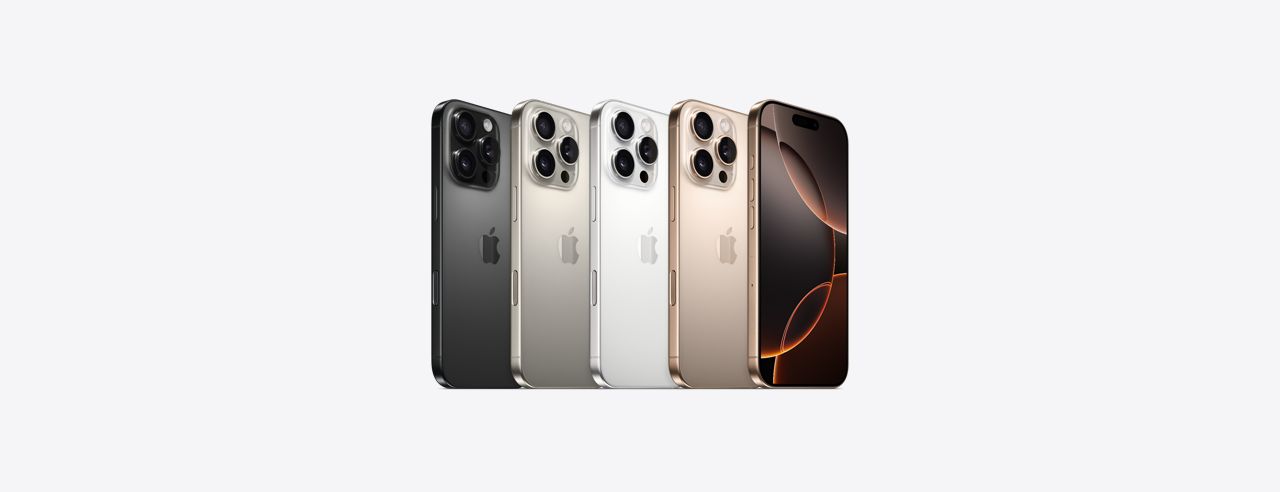Apple’s iPhone series consistently brings cutting-edge technology, design improvements, and new features. The release of the iPhone 16, following the iPhone 15, has sparked many comparisons between the two models. This article will provide an in-depth analysis of the key differences and similarities between the iPhone 15 and iPhone 16 across various categories, including design, display, camera systems, performance, battery life, and software features.
Table of Contents:
- Introduction
- Design and Build Quality
- Display Technology
- Camera Systems
- Performance and Chipset
- Battery Life and Charging
- Software and Features
- Pricing and Storage Options
- Final Verdict
1. Introduction
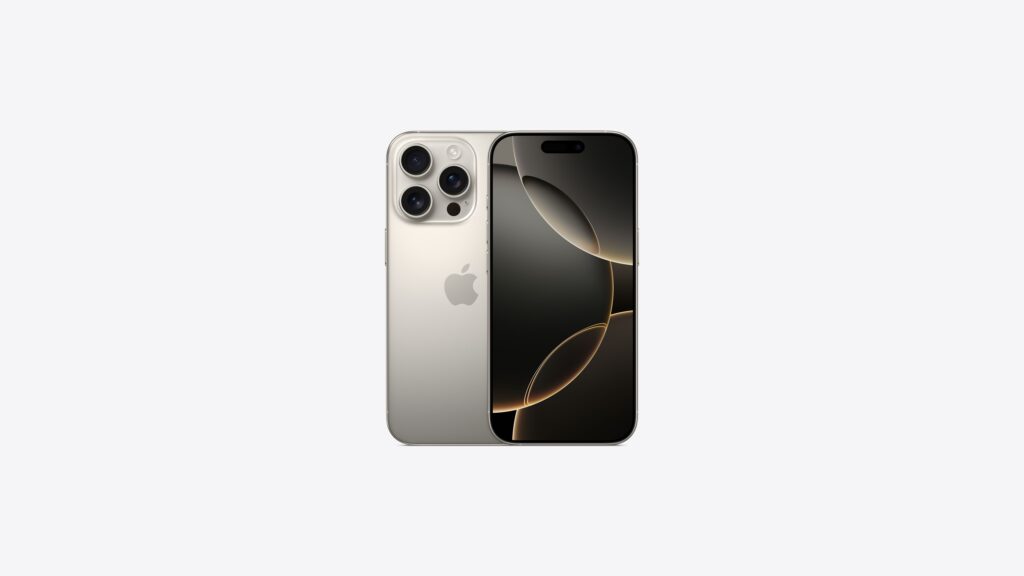
The iPhone 15, launched in 2023, introduced notable improvements in the camera system, performance, and durability. With its sleek design and enhanced functionality, it set a high standard for premium smartphones. The iPhone 16, released in 2024, builds on that foundation with further advancements, particularly in processing power, display technology, and battery efficiency. Understanding how these two models differ is essential for consumers deciding whether to upgrade or stick with the previous generation.
2. Design and Build Quality
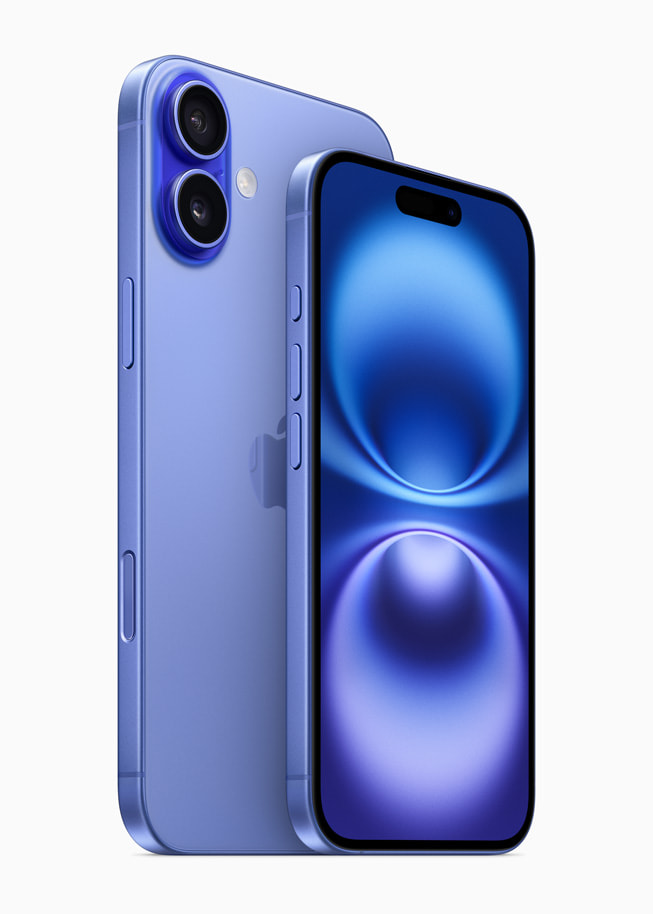
iPhone 15:
- Materials: The iPhone 15 features an aluminum frame with a Ceramic Shield front, providing excellent durability. The back panel is made of glass, giving it a premium feel.
- Form Factor: Its design closely follows the modern iPhone aesthetic with flat edges, minimal bezels, and a rear camera bump.
- Colors: The iPhone 15 is available in various vibrant colors, catering to users looking for customization and style.
- Weight: It is slightly lighter than the iPhone 16 due to different internal components and battery size.
iPhone 16:
- Materials: The iPhone 16 takes the design a step further with a titanium frame, enhancing durability and reducing weight. It retains the Ceramic Shield front but introduces a frosted glass back for a more matte finish.
- Form Factor: The iPhone 16 retains the flat-edge design but has slightly reduced bezels, giving the front a more immersive look.
- Colors: Apple introduced new color options for the iPhone 16, including more metallic and muted tones, giving it a more sophisticated appearance.
- Weight: Despite the use of titanium, the iPhone 16 is only marginally heavier than its predecessor, largely due to its larger battery and more advanced internal components.
Conclusion:
While both phones feature premium materials, the iPhone 16’s titanium frame makes it more durable and slightly more sophisticated in appearance. The iPhone 15 still holds its ground with its lighter weight and bold color choices, which may appeal to users preferring a more expressive design.
3. Display Technology
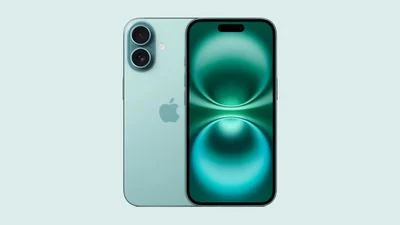
iPhone 15:
- Size: 6.1 inches (standard) and 6.7 inches (Pro Max)
- Type: Super Retina XDR OLED
- Refresh Rate: 60Hz (standard) and up to 120Hz (Pro models with ProMotion)
- Brightness: Peak brightness of 2,000 nits (HDR)
- Resolution: 2532 x 1170 pixels (standard), providing sharp and vibrant images.
iPhone 16:
- Size: 6.1 inches (standard) and 6.7 inches (Pro Max)
- Type: ProMotion OLED with LTPO (Low-Temperature Polycrystalline Oxide) technology across all models.
- Refresh Rate: All models feature ProMotion with a 120Hz adaptive refresh rate.
- Brightness: Peak brightness of 2,500 nits (HDR), making it even more visible in bright sunlight.
- Resolution: Slightly increased pixel density, ensuring sharper visuals and better contrast.
Conclusion:
The iPhone 16’s advancements in display technology, particularly the ProMotion and increased brightness across all models, offer a smoother and brighter experience, especially for users who enjoy media consumption and gaming. However, the iPhone 15 still provides a high-quality display that’s more than adequate for everyday tasks and even advanced use.
4. Camera Systems
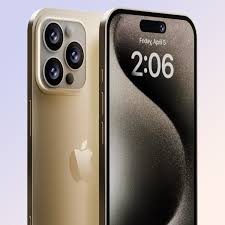
iPhone 15:
- Main Camera: 48MP wide-angle lens with improved low-light performance.
- Ultra-Wide Camera: 12MP ultra-wide lens with Night Mode.
- Telephoto (Pro Models): 12MP 3x optical zoom.
- Front Camera: 12MP TrueDepth with autofocus and improved Portrait mode.
- Video: 4K Dolby Vision HDR recording.
iPhone 16:
- Main Camera: 48MP with advanced computational photography, now incorporating multi-frame processing for even better low-light photos.
- Ultra-Wide Camera: 12MP with better edge distortion correction and Night Mode improvements.
- Telephoto (Pro Models): Upgraded to 5x optical zoom, providing greater versatility for close-up shots.
- Front Camera: 12MP with expanded field of view and improved AI-based portrait enhancements.
- Video: Supports 8K video recording with enhanced stabilization and HDR.
Conclusion:
The iPhone 16 introduces significant improvements in zoom capabilities and computational photography, making it a better option for photography enthusiasts. The iPhone 15, while still excellent, doesn’t offer the same level of advanced camera technology, particularly in zoom and video recording.
5. Performance and Chipset
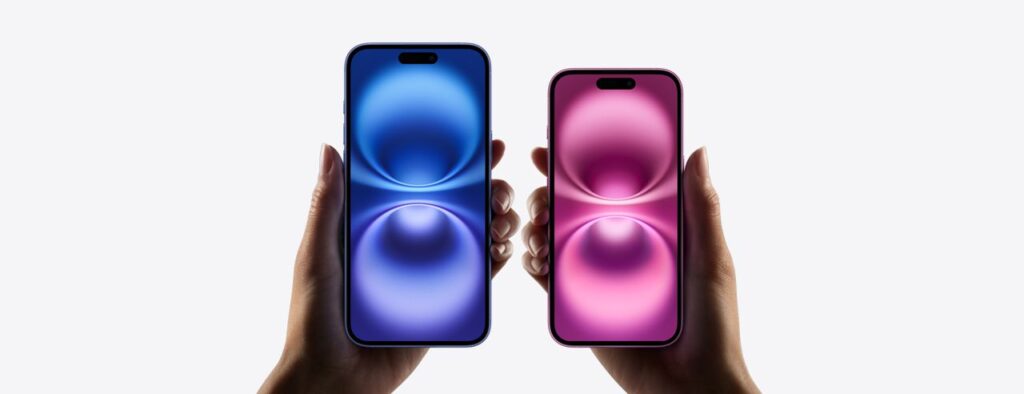
iPhone 15:
- Chipset: A16 Bionic chip, featuring 6-core CPU, 5-core GPU, and 16-core Neural Engine.
- RAM: 6GB (standard) and 8GB (Pro models).
- Performance: Handles high-performance tasks smoothly, with excellent multitasking, gaming, and AI-based applications.
iPhone 16:
- Chipset: A17 Pro chip, which delivers a 20% faster CPU and 30% faster GPU performance than the A16. It also incorporates a more advanced 20-core Neural Engine for AI tasks.
- RAM: 8GB (standard) and 12GB (Pro models).
- Performance: The A17 Pro dramatically improves AI tasks, gaming, and augmented reality applications. It is optimized for energy efficiency, reducing power consumption while delivering better performance.
Conclusion:
The iPhone 16 clearly outshines the iPhone 15 in terms of raw performance, especially for resource-heavy tasks like gaming, AI-based applications, and AR. The iPhone 15 is no slouch, but users looking for top-tier performance might find the iPhone 16 a better fit.
6. Battery Life and Charging
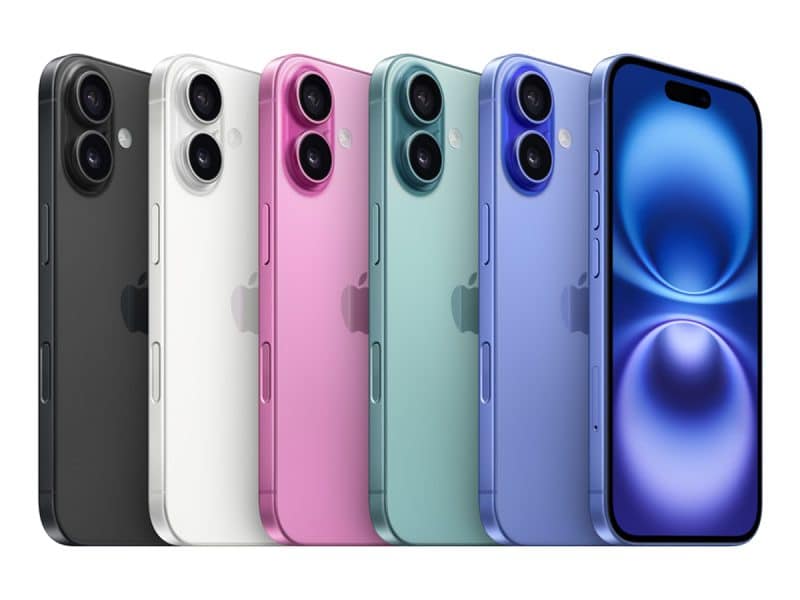
iPhone 15:
- Battery Life: Up to 20 hours of video playback.
- Charging: 20W wired charging, MagSafe wireless charging (15W).
- Battery Efficiency: The A16 Bionic chip is energy-efficient, contributing to excellent battery performance, particularly in standby mode.
iPhone 16:
- Battery Life: Up to 22 hours of video playback, thanks to both a slightly larger battery and more efficient A17 Pro chip.
- Charging: Supports faster 30W wired charging and enhanced MagSafe charging (20W).
- Battery Efficiency: The A17 Pro’s energy efficiency improvements ensure better overall battery performance, especially under heavy use.
Conclusion:
While the iPhone 15 already has excellent battery life, the iPhone 16 brings incremental improvements, particularly in faster charging and energy efficiency, making it a better choice for users who demand the most from their device’s battery.
7. Software and Features
iPhone 15:
- Operating System: iOS 17 at launch.
- Features: Includes all standard iOS features such as Face ID, enhanced widgets, and Focus Mode.
- Notable Features: Dynamic Island on Pro models, improved Face ID functionality.
iPhone 16:
- Operating System: iOS 18 at launch, featuring more advanced AI-powered features.
- Features: AI-powered suggestions for photos, text, and calendar events; improved app multitasking; new widgets.
- Notable Features: Expanded use of Dynamic Island across all models, AI-enhanced Face ID, and smarter predictive text functionality.
Conclusion:
Both phones run on iOS, but the iPhone 16 benefits from the latest software improvements, offering better integration with AI and other advanced features. Users who value cutting-edge software may prefer the iPhone 16 for its expanded capabilities.
8. Pricing and Storage Options
iPhone 15:
- Base Model Price: Starts at $799.
- Storage Options: 128GB, 256GB, 512GB, 1TB (Pro models only).
iPhone 16:
- Base Model Price: Starts at $899.
- Storage Options: 256GB, 512GB, 1TB (Pro models only).
Conclusion:
The iPhone 16 comes with a slightly higher price tag but offers a base storage option of 256GB, which is double the entry-level iPhone 15 model. For users needing more storage and willing to invest more, the iPhone 16 provides better value in this regard.
9. Final Verdict
In summary, the iPhone 16 is a clear upgrade over the iPhone 15 in terms of performance, display technology, camera capabilities, and battery efficiency. The iPhone 15 remains a powerful and capable device, particularly for users who don’t require the latest features or can find it at a discounted price. However, for those looking for the latest innovations, especially in AI processing, camera quality, and display brightness, the iPhone 16 is the superior choice.
Ultimately, the decision between the iPhone 15 and iPhone 16 depends on individual needs, budget, and the importance of the incremental upgrades in the latest model.




























